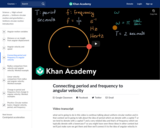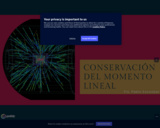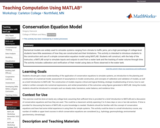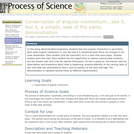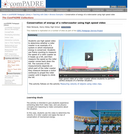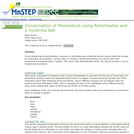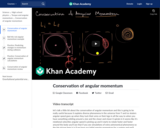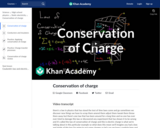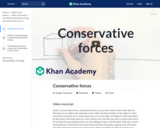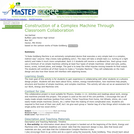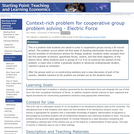First published in 1981 by MIT Press, Continuum Electromechanics, courtesy of MIT Press and used with permission, provides a solid foundation in electromagnetics, particularly conversion of energy between electrical and mechanical forms. Topics include:
electrodynamic laws, electromagnetic forces, electromechanical kinematics, charge migration, convection, relaxation, magnetic diffusion and induction interactions, laws and approximations of fluid mechanics, static equilibrium, electromechanical flows, thermal and molecular diffusion, and streaming interactions. The applications covered include transducers, rotating machines, Van de Graaff machines, image processing, induction machines, levitation of liquid metals, shaping of interfaces in plastics and glass processing, orientation of ferrofluid seals, cryogenic fluids, liquid crystal displays, thunderstorm electrification, fusion machines, magnetic pumping of liquid metals, magnetohydrodynamic power generation, inductive and dielectric heating, electrophoretic particle motion, electrokinetic and electrocapillary interactions in biological systems, and electron beams.
